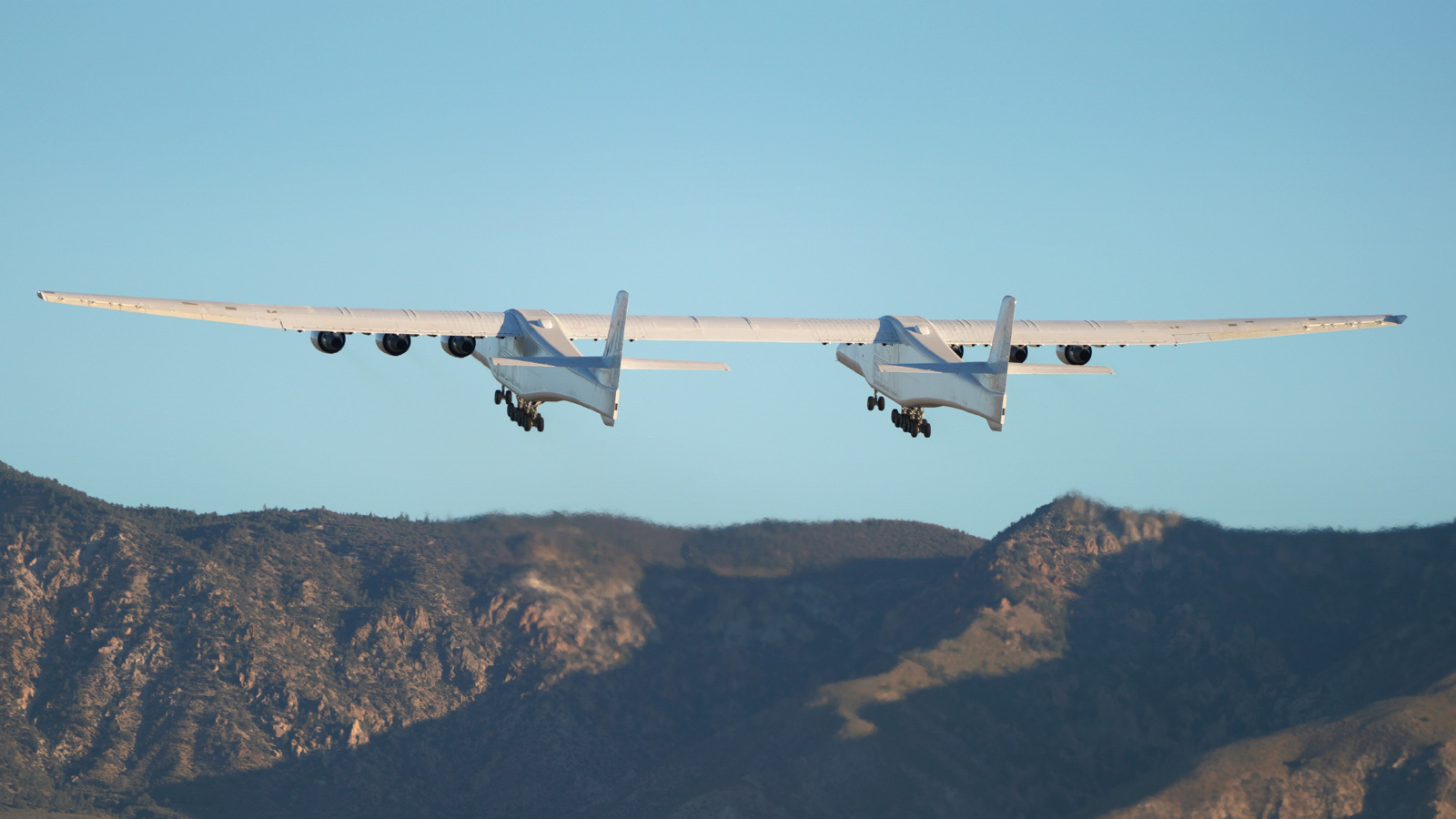Anyone who has taken a flight to the other side of the planet has realized that our pale blue dot is only small in cosmic terms. For human needs, the globe is big, and even the fastest flying machine takes a long time. In the future, those flights might be a lot shorter if hypersonic travel becomes a reality. Tests by private company Stratolaunch suggest that the possibility is certainly there.
Stratolaunch already possesses Roc, which is considered the world’s largest plane in operation. Roc has a wingspan of 117 meters (384 feet) and, even empty, this twin-body plane weighs 226,796 kilograms (500,000 pounds). This is necessary to bring up the Talon-A test vehicles, which have demonstrated supersonic and now hypersonic flight capabilities.
A plane is supersonic if it moves faster than the speed of sound in air, which is around 343 meters per second (767 miles per hour, 1235 kilometers per hour). That is what is considered Mach 1. The Concorde, an Anglo-French supersonic airliner, could reach a top speed higher than Mach 2, so over twice the speed of sound.

The Roc vehicle flying empty.
Image credit: Stratolaunch
A hypersonic vehicle instead needs to be moving at Mach 5 or higher, so at least five times the speed of sound. Stratolaunch has demonstrated that Talon-A2 can do that. The same rocket-powered plane has performed two hypersonic flights, one in December and one reported last week. The vehicle flew over the Pacific before autonomously landing at Vandenberg Space Force Base in California.
“These flights were a huge success for our program and for the nation. The data collected from the experiments flown on the initial Talon-A flight has now been analyzed and the results are extremely positive. The opportunity for technology testing at a high rate is highly valuable as we push the pace of hypersonic testing. The MACH-TB program is pleased with the multiple flight successes while looking forward to future flight tests with Stratolaunch,” Stratolaunch’s Scott Wilson said in a statement.
Wilson is the Program Manager of MACH-TB, the Multi-Service Advanced Capability Hypersonic Test Bed. Stratolaunch, in partnership with fellow company Leidos, is developing this to increase the speed of testing for all commercial hypersonic systems, something that has been generously funded by the Pentagon.
Stratolaunch is already developing a new test vehicle that won’t need the peculiar Roc to launch, but will be able to fly from a modified 747. If things go according to plan, it will be tested in the last few months of 2025.
Source Link: Hypersonic Rocket Plane Successfully Performs Second Test, Soaring Past Mach 5